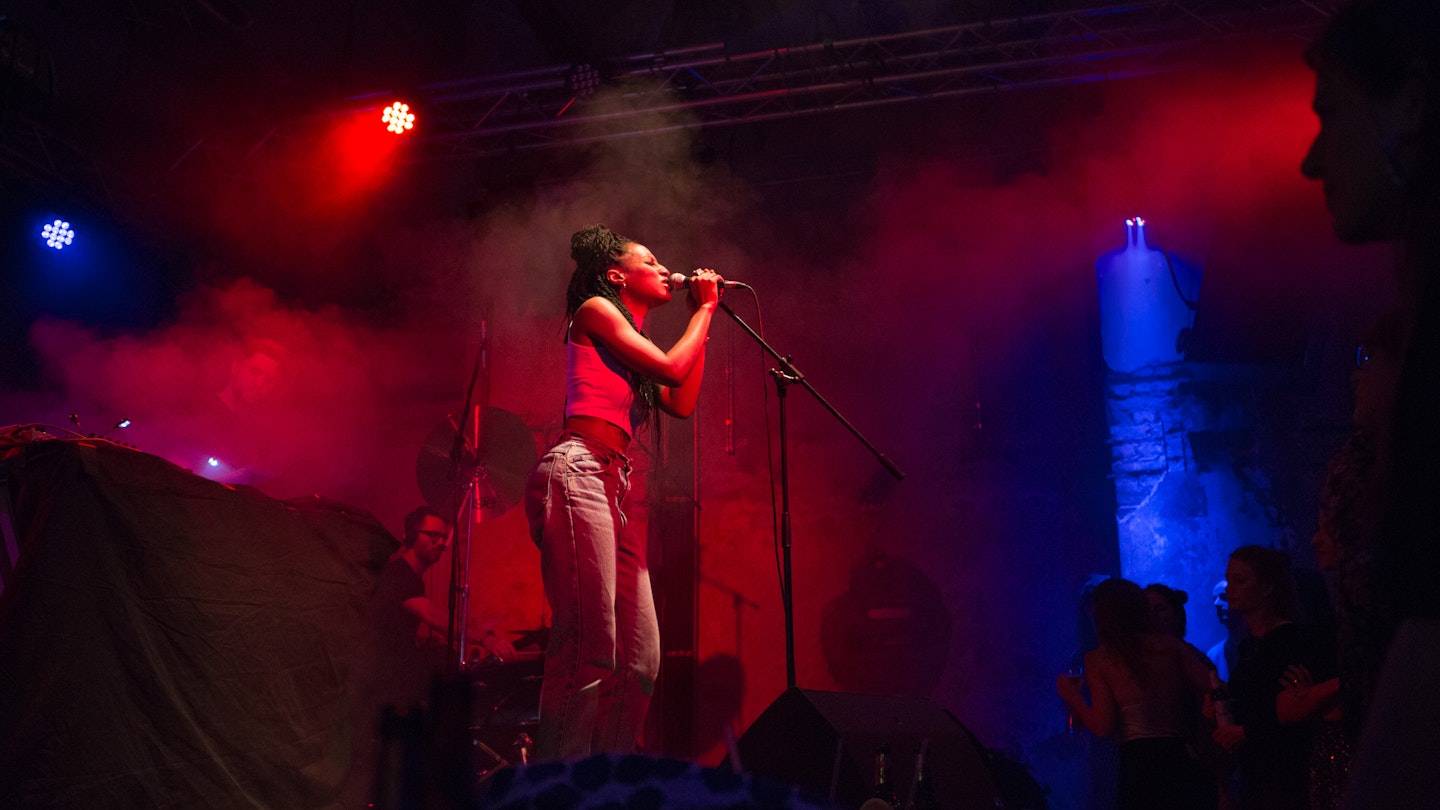Berlin’s Nightlife Scene: Challenges and New Opportunities

Berlin’s nightlife scene is truly one-of-a-kind, characterized by daytime raves and a club culture that emphasizes sex positivity, anonymity, and respect. The German capital stands as a global destination for electronic music, boasting over 1,600 artistic and cultural venues, providing a unique and welcoming environment for visitors eager to experience its vibrant club culture.
Challenges Facing Berlin’s Club Scene
Despite its reputation, changes have emerged in recent years. While the atmosphere may seem vibrant and alive, the realities of gentrification and the impact of the pandemic have put significant pressure on local creatives.
Approximately 100 nightlife venues have succumbed to these unfortunate trends, leading to the phenomenon known as Clubsterben (club death). This has raised concerns about the future of Berlin’s nightlife and its status as a hub for counterculture lifestyles.
New Venues Bringing Hope
However, hope remains on the dance floor with several innovative projects. Since 2020, many historic buildings have been repurposed into high-capacity performance venues. The opening of two notable venues in 2023 aims to foster a new era of club culture, embracing electronic music and social diversity.

Creativity Thrives Amidst Adversity
Finding venues for parties has become increasingly complicated. Nevertheless, the nightlife community is resilient. Illegal raves in convenience stores, parks, and forests have gained popularity, although they face challenges such as police interventions and sound complaints.
The need for large-scale party spaces and sufficient funding remains critical for attracting new talent and maintaining the city’s diverse electronic music scene. Fortunately, Berlin is filled with industrial buildings that could be transformed into unique venues. However, acquiring funding and permits continues to be a challenge.
Innovative Spaces Rise to the Occasion
In response, the creative community in Berlin is collaborating more closely. The new club Turbulence, located in the former Tegel Airport canteen, has embraced this model by providing a platform for underground culture and exemplifying a tailored approach to accessible social spaces.
Another new addition is Zita, situated in a historic fortress in Spandau. With a capacity for up to 2,000 patrons, Zita is hosting electronic music parties and targeting the mainstream electronic scene, offering a fresh perspective within the city’s nightlife landscape.

Reinventing Spaces for Modern Needs
Zenner, located in Treptower Park, offers varied indoor and outdoor spaces for modern performances, hosting artists who play diverse genres. Similarly, Revier Südost serves as a techno club and community venue, promoting various social events.
These new clubs draw inspiration from Berlin’s iconic establishments, which have transformed architecturally significant spaces into cultural hubs. Although mainly located outside the inner city, these venues aim to attract local crowds. The city excels at repurposing abandoned spaces for new purposes, which contributed to its rise as a global electronic music capital in the ’90s.
Facing Future Challenges
Currently, Berlin’s nightlife is facing a significant threat from a proposed €1.5 billion extension of the A100 Autobahn, which may lead to the demolition of numerous clubs and cultural sites. However, community protests are rising to protect these cultural venues, with some politicians expressing support for new protective measures.
Berlin’s nightlife remains vibrant, teeming with energy and unique styles. Yet, the potential loss of historical sites poses a daunting challenge. The social spaces that cultivate creativity must be preserved to maintain the city’s vibrant, artistic essence.
Ultimately, these spaces are at the core of Berlin’s identity and cultural fabric.




